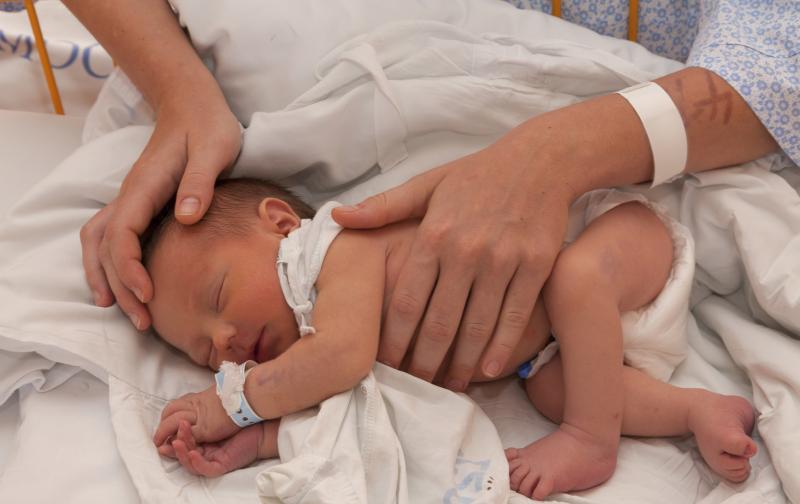 Neonates who require medicine for survival often rely on untested and unproven dosages based on a doctor’s intuition.
Neonates who require medicine for survival often rely on untested and unproven dosages based on a doctor’s intuition.The screening programme for congenital heart disease (CHD) in neonates at Singapore General Hospital (SGH) demonstrates excellent specificity but limited sensitivity, a study has shown.
“The high positive likelihood ratios indicate that where sufficient risk factors for CHD are present, a positive result effectively confirms the presence of CHD,” the researchers said. “The low negative likelihood ratio for critical CHD indicates that, where prior suspicion for critical CHD is low, a negative result is reassuring.”
CHD incidence at SGH was 9.7 per 1,000 live births, and the most common of which was ventricular septal defect (54.8 percent). [Singapore Med J 2019;doi:10.11622/smedj.2019167]
A threefold higher rate in antenatal detection was observed in the critical CHD groups compared to the group as a whole (64.0 percent vs 21.1 percent). For all CHD, sensitivity was 64.5 percent and specificity 99.7 percent. For the critical CHD group, the corresponding rates were 92.9 percent and 99.1 percent.
For all CHD and critical CHD, the positive likelihood ratio values were 215 and 103, while the negative likelihood ratio values were 0.36 and 0.07, respectively.
CHD incidence at birth in this study was marginally higher than that reported in Australia (7.8 per 1,000), US (8.1 per 1,000) and Europe (7.2 per 1,000). This could be explained by the “practically complete case ascertainment due to highly rigorous data verification and maintenance of registries at both SGH and KK Women’s and Children’s Hospital (KKH).” [Ultrasound Obstet Gynecol 2007;29:619-624; J Pediatr 2008;153:807-813; Heart 2011;97:124-130]
“An alternative reason may be the preferential referral pattern of primary healthcare doctors to send patients to KKH,” the researchers said.
The antenatal detection rate of any CHD in this study (21.1 percent) was comparable to that of Czech Republic (28.5 percent). The antenatal detection rate of critical CHD (64.0 percent) also conformed to that reported in US (39 percent), UK (35 percent), Australia (53 percent) and Czech Republic (80.7 percent). [Heart 2011;97:124-130; Ultrasound Obstet Gynecol 2007;29:619-624; https://nicor4.nicor.org.uk/CHD/an_paeds.nsf/vwContent/Antenatal%20Diagnosis?Opendocument; https://www.hrsa.gov/sites/default/files/hrsa/advisorycommittees/heritable-disorders/reports-recommendations/reports/2013-annual-report.pdf]
“Several factors affect the detection rate of an antenatal screening programme, including the operator’s experience, the specific view employed (four-chamber vs extended examination), as well as the timing and frequency of ultrasonography, which depends on centre-based protocols,” the researchers said. “Thus, it is challenging to do a direct comparison of antenatal detection rates among different centres.” [Ultrasound Obstet Gynecol 2003;22:3-10]
The current study retrospectively reviewed live births at SGH from 2003 through 2012. CHD cases were detected using prenatal ultrasonography or postnatal examination and confirmed using 2D echocardiography.
The researchers checked data against multiple sources. They also analysed the antenatal detection rate, sensitivity, specificity, predictive values and likelihood ratios of the screening programme for all cases of CHD and critical CHD.
“Further studies are needed to determine the extent to which incorporation of pulse oximetry screening would improve earlier detection of critical CHD, and thereby reduce the mortality and morbidity associated with CHD among newly born babies,” the researchers said.